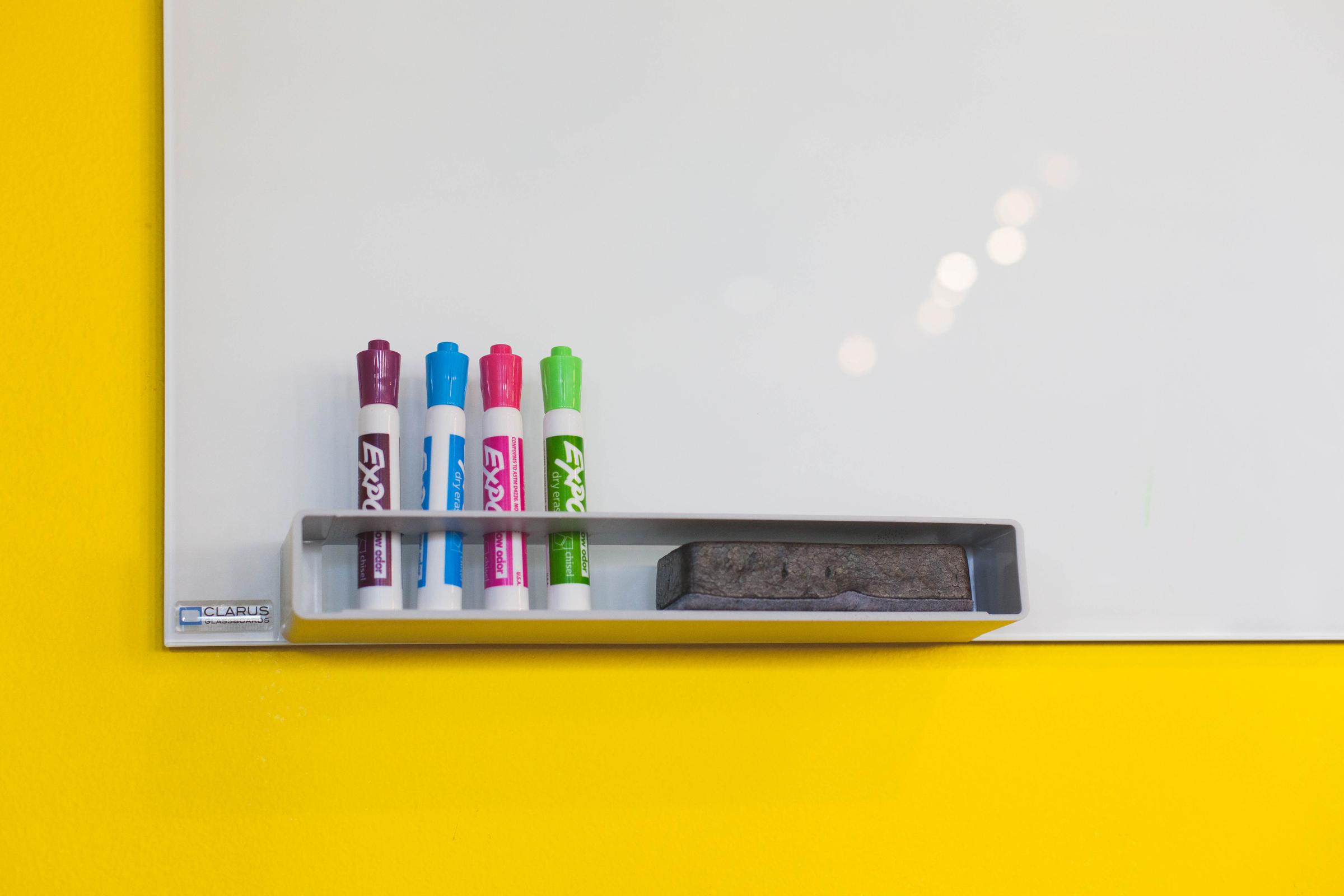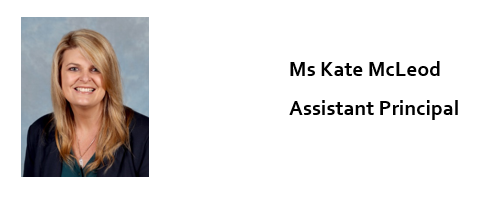Teaching and Learning

What a wonderful week with the return to onsite learning. We cannot thank our Rangeview community enough for the way in which they adapted once again to the challenges of a lockdown. The smiles on the faces of our students coming through the gates on Wednesday was uplifting for us all.
The Victorian Curriculum
The Victorian Curriculum replaced AusVels in 2016 and sets out a single curriculum framework for students’ learning from Foundation to Year 10.
It describes the knowledge and skills required by students for lifelong learning, social development, and active and informed citizenship. All government and Catholic schools in Victoria are required to use the Victorian Curriculum. Independent schools may use the Victorian Curriculum as a model and resource for implementation of the Australian Curriculum.
Learning Areas and Capabilities
The Victorian Curriculum F–10 includes both knowledge and skills. These are defined by learning areas and capabilities.
This curriculum design assumes that knowledge and skills are transferrable across the curriculum and therefore are not duplicated. For example, where skills and knowledge such as asking questions, evaluating evidence and drawing conclusions are defined in Critical and Creative Thinking, these are not duplicated in other learning areas such as History or Health and Physical Education.
It is expected that the skills and knowledge defined in the capabilities will be developed, practised, deployed and demonstrated by students in and through their learning across the curriculum.
The design of the Victorian Curriculum F-10 is set out below:
Learning Areas | Capabilities |
The Arts
|
Critical Thinking Ethical Intercultural Personal and Social |
Learning Areas
The Victorian Curriculum F–10 learning areas are a clear and deliberate reaffirmation of the importance of a discipline-based approach to learning, where learning areas are regarded as both enduring and dynamic.
Their enduring nature rests in their different epistemologies, or ways of understanding, and the associated skills they provide for students. Each of the learning areas provides and is defined by a unique way of seeing, understanding and engaging with the world. For the Arts, the Humanities and the Technologies, students engage in and through disciplines, which provide discrete content descriptions and achievement standards.
Capabilities
The Victorian Curriculum F–10 includes capabilities, which are a set of discrete knowledge and skills that can and should be taught explicitly in and through the learning areas, but are not fully defined by any of the learning areas or disciplines. A key distinction between the Australian Curriculum F–10 and the Victorian Curriculum F–10 is the provision of content descriptions and achievement standards in the four capabilities.
Literacy, Numeracy and Information and Communication Technologies
There is considerable research that identifies the importance of the teaching of literacy and numeracy and ICT in the context of the different curriculum areas. It is both appropriate and necessary that the literacy, numeracy and ICT requirements be embedded in the curriculum areas.
Literacy
While much of the explicit teaching of literacy occurs in the English learning area, it is strengthened, made specific and extended in other learning areas as students engage in a range of learning activities with significant literacy demands.
Numeracy
In the Victorian Curriculum F–10, the knowledge and skills that underpin numeracy are explicitly taught in the Mathematics strands Number and Algebra, Measurement and Geometry and Statistics and Probability and reinforced and further exemplified in and across other curriculum areas. Through this process, students recognise that mathematics is widely used both in and outside school and learn to apply mathematical knowledge and skills in a wide range of familiar and unfamiliar situations.
Information and Communications Technologies
In the Victorian Curriculum F–10, the ICT general capability skills are either specifically embedded in the content descriptions of Mathematics, Media Arts, Geography, English and Digital Technologies or schools have the flexibility to determine how these skills will be used in their teaching and learning programs for other curriculum areas.
The Literacy, Numeracy and ICT general capabilities from the Australian Curriculum F–10 are therefore represented in the Victorian Curriculum F–10 as embedded in each curriculum area and are not discrete areas against which teachers should report student progress.
Achievement Standards
The Victorian Curriculum is structured into achievement standards, rather than year levels. There are 11 levels for English and Mathematics, and five or six bands for all other learning areas and capabilities. The achievement standards allow for the development of targeted learning programs for all students, based on the actual learning level of each student rather than their age.
The levels cover the three broad stages of schooling:
- Foundation Stage (Foundation to Year 2), where students focus on English, Mathematics, the Arts, Health and Physical Education, and Personal and Social Capability
- Breadth Stage (Years 3 to 8), where students focus on English, Mathematics and Science, while fully engaging with all learning areas and capabilities
- Pathways Stage (Years 9 to 10), which provides a broad education, with students beginning to plan their senior secondary studies.
Schools vary in their teaching approaches, as well as individual subjects they offer. Ultimately, each school has control over its own learning program the subject range, course outlines, co-curricular opportunities and teaching methods are all variable.
For more information about the Victorian Curriculum, see the VCAA website.

